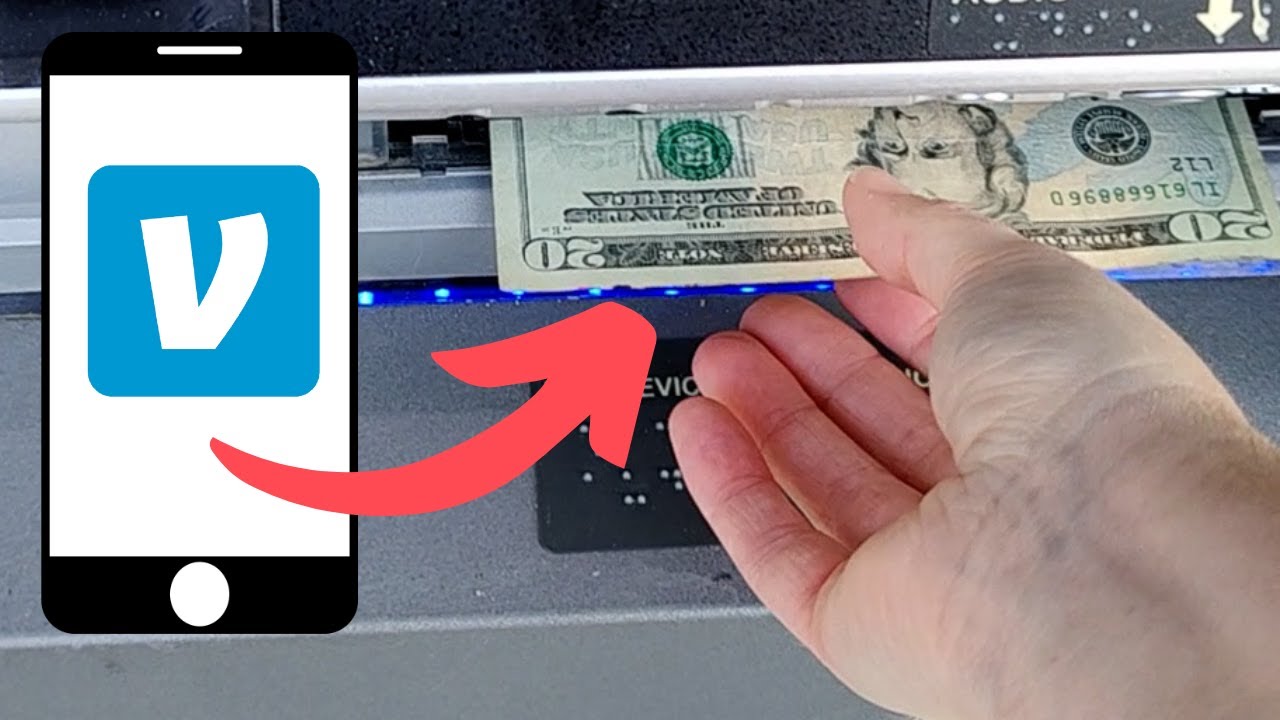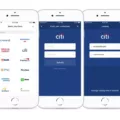Venmo is a popular digital payment service that allows users to send and receive money from their mobile devices. The company offers a Venmo Debit Card, which allows users to access their Venmo balance at ATMs and point-of-sale locations nationwide. However, some users may experience issues when trying to use their Venmo Card at an ATM. In this article, we will explore the reasons behind this issue and provide some tips on how to resolve it.
One of the most common reasons why a Venmo Card may not work at an ATM is that the user’s bank or card issuer is declining the transaction. This can happen for a variety of reasons, such as insufficient funds, suspicious activity on the account, or a temporary hold on the card. If you are experiencing this issue, we recommend that you contact your bank or card issuer to inquire about the reason for the declined transaction.
Another reason why a Venmo Card may not work at an ATM is that the payment has triggered one of Venmo’s automated security flags. Venmo has a number of security measures in place to protect users from fraud and unauthorized access to their accounts. If a transaction appears suspicious or out of the ordinary, it may trigger one of these security flags and be declined. If you believe that this may be the case, we recommend that you contact Venmo customer support to inquire about the issue.
If you are able to use your Venmo Card at an ATM, there are a few things to keep in mind. First, make sure that the ATM displays the Mastercard®, PULSE®, Cirrus®, or MoneyPass® acceptance marks. These are the networks that Venmo uses to process its transactions. Second, be aware that there may be fees associated with using your Venmo Card at an ATM. Venmo charges a $2.50 ATM Domestic Withdrawal Fee for transactions at non-MoneyPass ATMs. remember that there are daily withdrawal limits of up to $400 USD for Venmo Card transactions.
The Venmo Debit Card is a convenient way for users to access their Venmo balance at ATMs and point-of-sale locations nationwide. If you are experiencing issues with your Venmo Card at an ATM, it may be due to a declined transaction from your bank or card issuer or a security flag triggered by Venmo. We recommend that you contact the appropriate customer support team to resolve the issue. And as always, make sure to check for the acceptance marks and be aware of any fees or limits associated with using your Venmo Card at an ATM.

Can I Use Venmo Debit Card at ATMs?
The Venmo Debit Card can be used on ATMs to make cash withdrawals or as cash back during a purchase. The card is widely accepted at ATMs displaying the Mastercard, PULSE, Cirrus, or MoneyPass acceptance marks. Additionally, the Venmo Debit Card can be used at the point of sale to make purchases and is accepted at locations displaying the Mastercard, Maestro, or PULSE acceptance marks. So, if you want to withdraw cash or make a purchase using the Venmo Debit Card, you can easily do so at an ATM or point of sale.
Troubleshooting Issues with Cashing Out on Venmo
Venmo may not be letting you cash out for various reasons. One of the most common reasons is that your bank or card issuer is declining the transaction. This could be due to insufficient funds, outdated account information, or suspicious activity on your account. Another reason could be that your payment has triggered one of Venmo’s automated security flags. Venmo uses various security measures to prevent fraud, and if its system detects any suspicious activity, it may prevent you from cashing out until the issue is resolved. Additionally, if you have not completed the required verification process or provided all the necessary information, Venmo may also prevent you from cashing out. In such cases, you need to contact Venmo’s customer support to get more information and resolve the issue.
How to Withdraw Money from a Venmo Card
If you wish to withdraw funds from your Venmo card, there are a few options available. You can withdraw funds from an ATM that displays the Mastercard®, PULSE®, or Cirrus® acceptance marks. Please note that a $2.50 ATM Domestic Withdrawal Fee is applicable. Alternatively, you can complete a withdrawal at a bank or financial institution. You can also transfer the funds to your bank account linked to Venmo and then withdraw the funds from there. To transfer funds to your bank account, you need to add the bank account to your Venmo account and initiate a transfer. The transfer may take 1-3 business days to complete. It is important to note that Venmo may have withdrawal limits that apply to your account, so it is advisable to check the limits before initiating a withdrawal.
Withdrawal Limits on Venmo at ATMs
According to the Venmo Offers Powered by Dosh Terms of Service, users can withdraw up to $400 USD daily from ATMs that display the Mastercard®, Cirrus®, PULSE®, or MoneyPass® acceptance marks. However, it is important to note that non-MoneyPass ATMs may charge a $2.50 ATM Domestic Withdrawal fee for transactions. Additionally, users should keep in mind that these withdrawal limits apply per day and may vary depending on the specific ATM used.
Conclusion
The Venmo Debit Card offers a convenient and secure way to access your Venmo balance for cash withdrawals or making purchases. With nationwide acceptance at ATMs and Point of Sale locations displaying the Mastercard, PULSE, Cirrus, Maestro, or MoneyPass acceptance marks, you have the flexibility to use your card wherever you go. However, it’s important to note that some banks or card issuers may decline transactions outside of Venmo, and Venmo’s automated security flags may trigger payment issues. Additionally, there is a $2.50 ATM Domestic Withdrawal fee for non-MoneyPass ATMs, and daily withdrawal limits of up to $400 USD apply. The Venmo Debit Card is a valuable tool for managing your Venmo balance and providing easy access to your funds.








